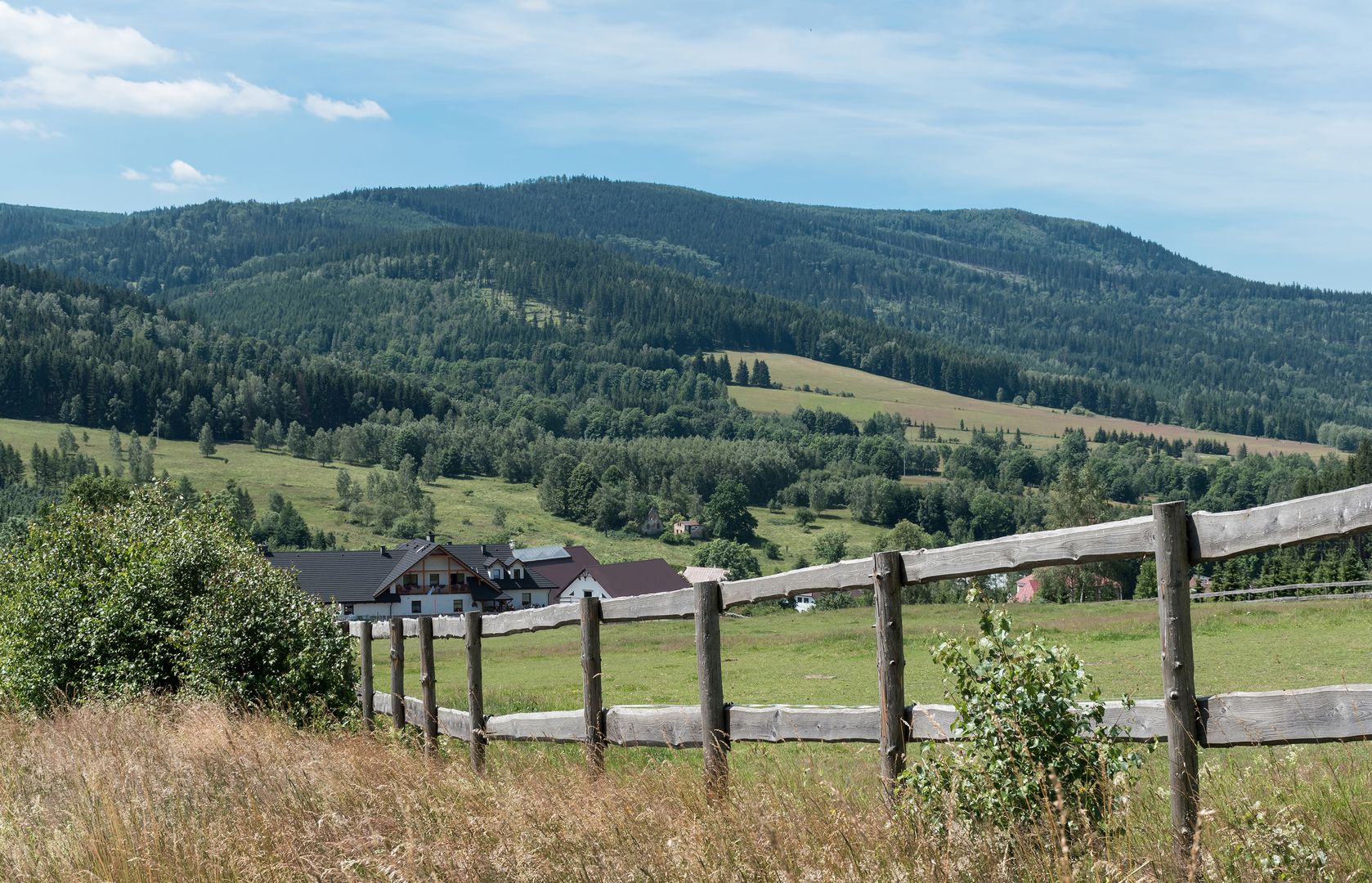Bialskie Mountains
6.26

Overview
The Bielengebirge (in German), or Bělské vrchy (in Czech), known in Polish as the Góry Bialskie, is a mountain range located in the Eastern Sudetes, distinguished by its varied terrain and significant elevation changes. It consists of two parts: the northern section, with its highest peak Czernica (1083 m above sea level), and the southern part, dominated by summits such as Postawna (1124 m) and Rudawiec (1106 m). The mountains are characterized by their high, uniform altitude, which fosters a unique microclimate and rich biodiversity. Their steep slopes descend into valleys, and the area is abundant in gneisses, granitic gneisses, and other metamorphic rocks, giving it an archaic character. The Góry Bialskie are a popular tourist destination due to their natural, skiing, and scenic values, yet the trails are often uncrowded, making it ideal for contemplation. Tourism revolves around marked trails that pass through nature reserves, such as the Puszcza Śnieżnej Białki. Nature conservation is a priority here, and the Góry Bialskie area is protected within the Śnieżnicki Landscape Park. An interesting feature is the microclimate of the upper Biała Lądecka valley, where snow persists until late spring. Despite its considerable charm, the region struggles with limited accessibility due to the discontinued railway line. Villages at the foot of the mountains, such as Stronie Śląskie and Nowa Morawa, offer accommodation for tourists.
Location
2025 Wizytor | All Rights Reserved